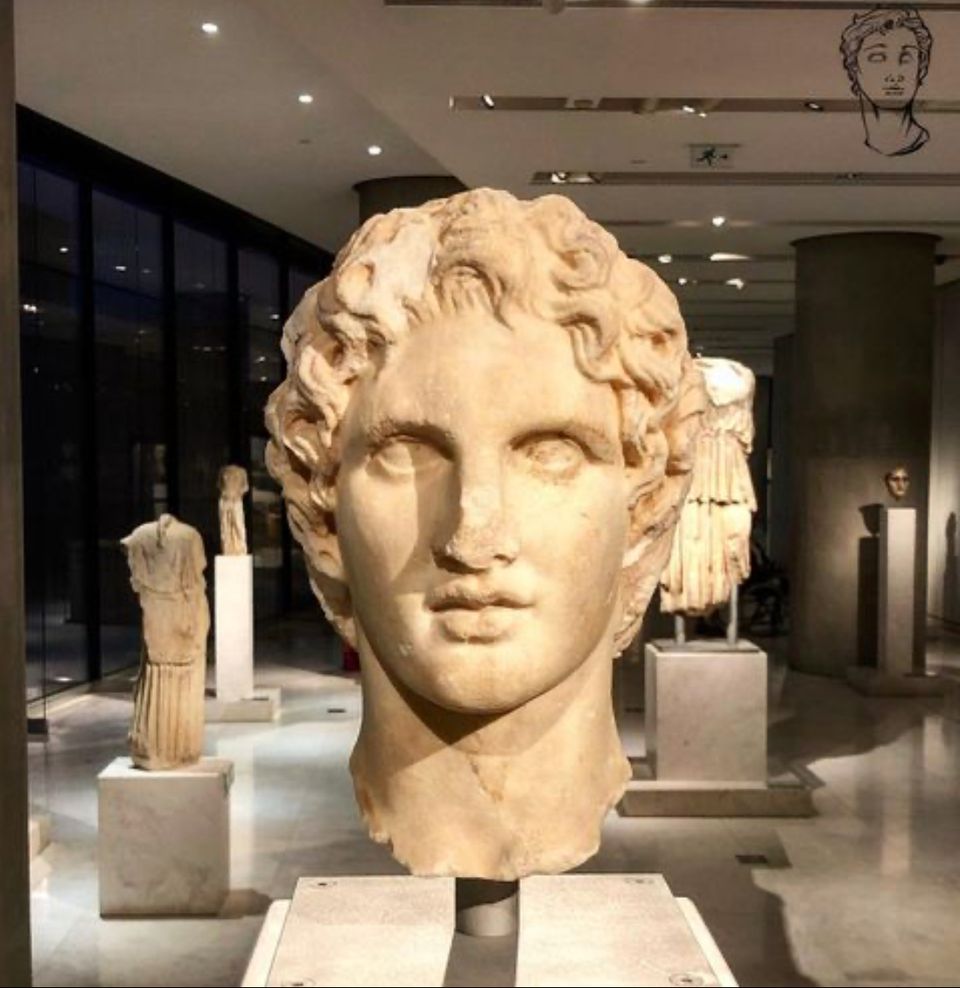Hellenistic Art:Realism, Naturalism and Emotion

The Hellenistic period was a time of great cultural flourishing, between the death of Alexander the Great in 323 BC and the rise of Augustus' Roman Empire in 31 BC. During this time, Greek art experienced changes that set it apart from classical and archaic styles before it. The Hellenistic Period saw a shift towards increased realism, naturalism, and emotion in the arts. The style of art that emerged was known as "Hellenistic."
The origin of Hellenistic art was rooted in the mingling of cultures after Alexander's conquests. Ancient Greek art heavily influenced it, taking on elements from other ancient cultures like Egypt and Persia. This resulted in an eclectic mix, which included more naturalistic details, a greater variety of poses, and a greater sense of emotion than classical Greek art.



The style of Hellenistic art was characterized by larger, more dynamic figures with expressive facial features. Artists were able to use shading and color to further convey emotions in their works. Imaginative elements such as mythical creatures and gods were still used, but their role was usually to further emphasize a specific emotion or message.
The most famous Hellenistic artworks are the sculptures created by Greek sculptor Lysippos (c. 370–310 BC). His works included a large variety of busts and statues, including his famous bronze statue of Alexander the Great. Other famous works from this period include the Laocoön and His Sons sculpture, the Nike of Samothrace, and the Apollo Belvedere.
The Hellenistic period was a time of great artistic innovation and production, with artworks that continue to be admired today. The influence of this style can still be seen in modern art, demonstrating its lasting impact on the world of art. Its naturalism and emotive quality make it one of the most beloved periods in art history.

D'Artisan Shoppe Professional Brushes
15PCS: 4 natural hog hair bristle brushes and 11 synthetic bristle brushes

